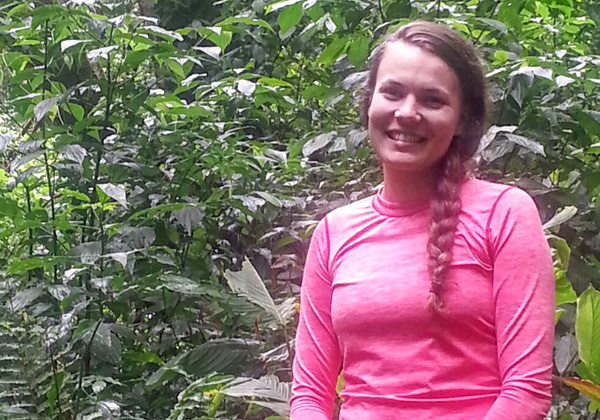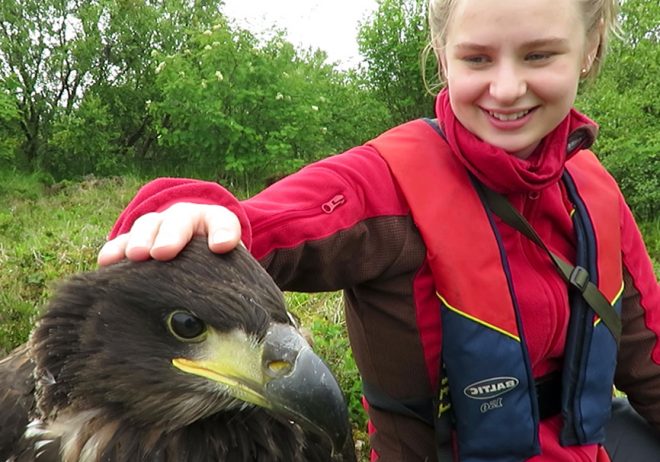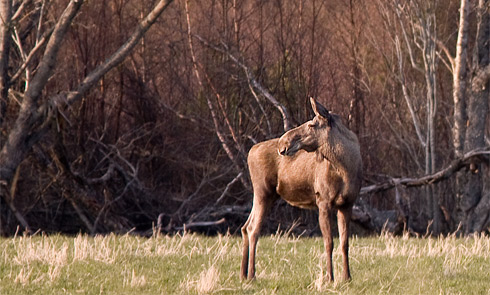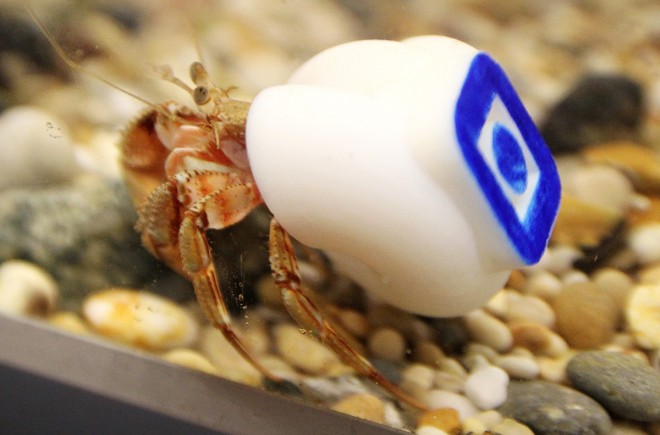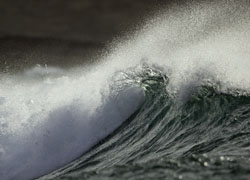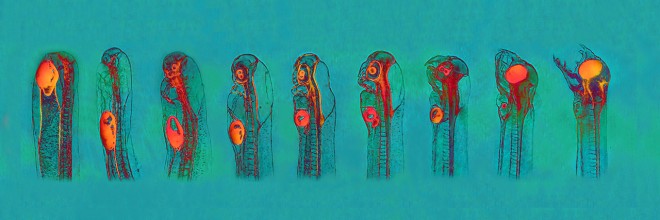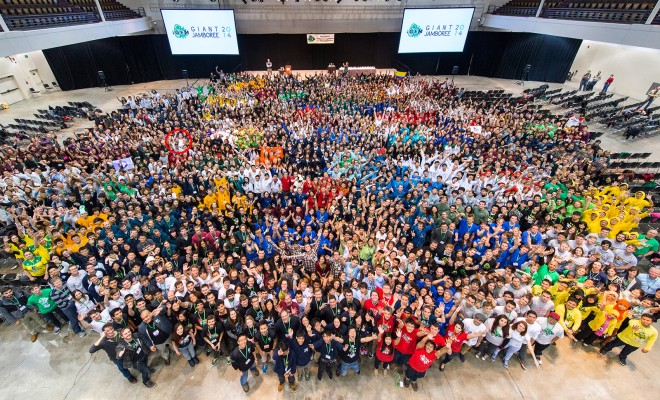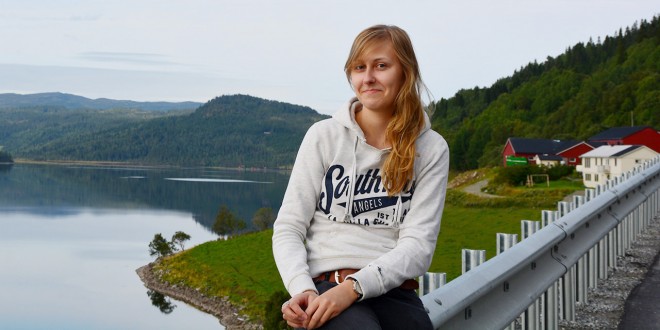For decision making, it is important to understand the long-term consequences of forest loss on both the biodiversity and the human population. Some days “at the office” means more than just a computer and an R script, even to a theoretical ecologist. My doctoral project is carried out in collaboration with research groups from …
Kategoriarkiv:Biology
Seriously, you caught an eagle?
When I try to explain to people what I do for my research, they seem to be more interested in how I catch and approach my subjects, than what I detect in them. However, it is pretty cool what I can tell about a bird by studying its feathers. My name is Mari Løseth …
How many moose and deer can a modern forest hold?
As a part of my doctoral degree, I study the interaction between large herbivores like moose and deer, and the forests they live in. Moose and deer populations have increased drastically in Norway the last decades resulting in a high browsing pressure that is having an effect on forest tree regeneration. This affects the functioning …
Fortsett å lese «How many moose and deer can a modern forest hold?»
Learn about the possibilities within aquaculture
The demand for seafood is growing, and the Norwegian goal is to become the world’s main seafood nation. Recruiting smart, young brains This is reflected by initiatives from the Government, from the aquaculture industry and related industries, and not the least from ongoing research activities. Building research based competence in the marine sector is important …
Fortsett å lese «Learn about the possibilities within aquaculture»
Marine pollution researchers gathered in Trondheim
Trondheim, Norway is the venue of the 18th International symposium on Pollutant Responses in Marine Organisms (PRIMO18). We look forward to receive our research colleagues from all over the world, all sharing the same goal: protecting and preserving our natural environment. The symposium contributes to building bridges, not only between scientific disciplines, but also between …
Fortsett å lese «Marine pollution researchers gathered in Trondheim»
The beauty of eels
Tora Bardals picture JAPANESE EEL DEVELOPMENT was published in Scientific American January 2015 issue. The picture is among the 12 stunning images from the 2014 Olympus BioScapes International Digital Imaging Competition, that were selected for publication. The Olympus BioScapes Competition is widely recognized as the world’s foremost showcase for outstanding images and movies of life …
Meet Nanno, the very important algae
In my PhD project, I study the microalgae Nannochloropsis oceanica. My goal is to get a better understanding of how the genetic regulation of the lipid production in the microalgae is affected by different environmental conditions. You cannot really see Nannochloropsis or other microalgae with the naked eye (they range in sizes from 2-100 µm). …
We won the gold medal at the iGEM competiton
Written by the NTNU iGEM team together with Rahmi Lale. The Giant Jamboree is over. It feels like a chapter in our lives has ended. The Jamboree was massive, just check out this picture, and there are an overwhelming amount of impressions left…and YES, we achieved our goal and won the gold medal. What is …
Fortsett å lese «We won the gold medal at the iGEM competiton»
Only two days away from the competition
Written by the NTNU iGEM team together with Rahmi Lale. The Giant Jamboree competition 2014 is only two days away. Hynes Convention Center in Boston is hosting the event on 30 October – 3 November. Here, 2.500 Synthetic Biology researchers from 245 universities in 32 countries are participating. One of these teams is from NTNU. …
Adventures of a starting PhD student
Hi everyone! I am Nathalie from Belgium, the land of chocolate, waffles and beer. A few weeks ago I started my PhD here at NTNU. I am a member of the bird ecotoxicology group and will investigate the exposure and effects of emerging contaminants on White-tailed Eagle and Northern Goshawk. Take a chance Over one …
